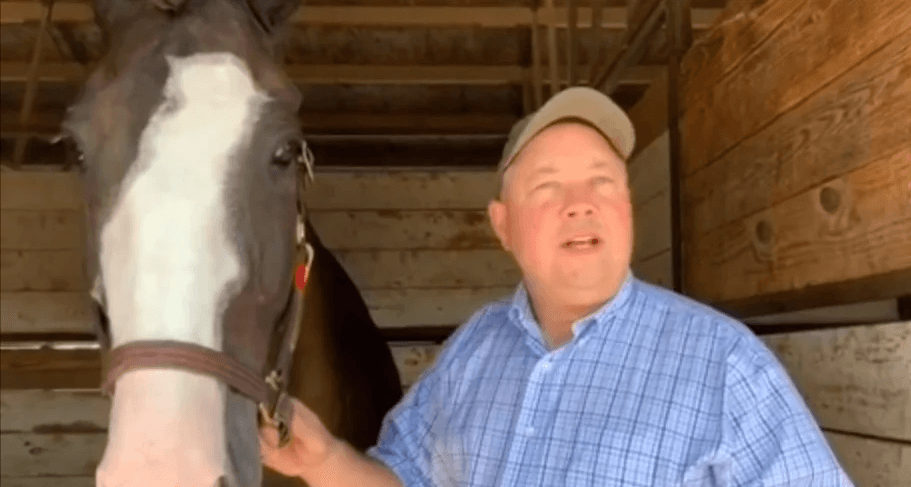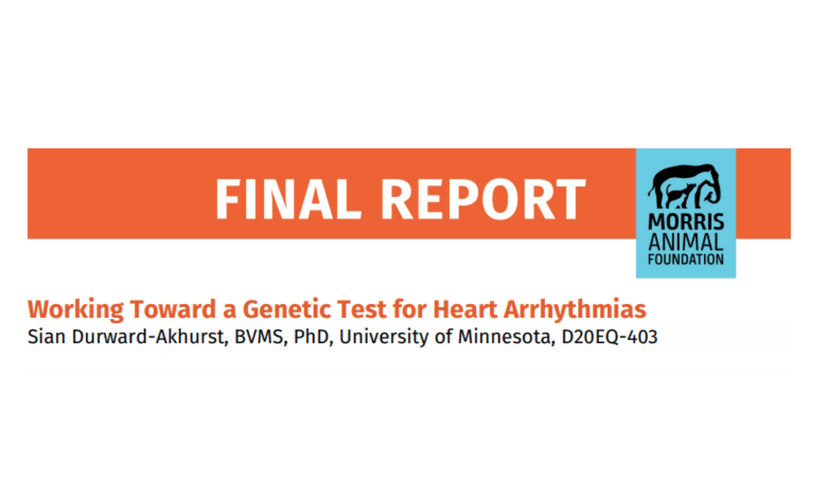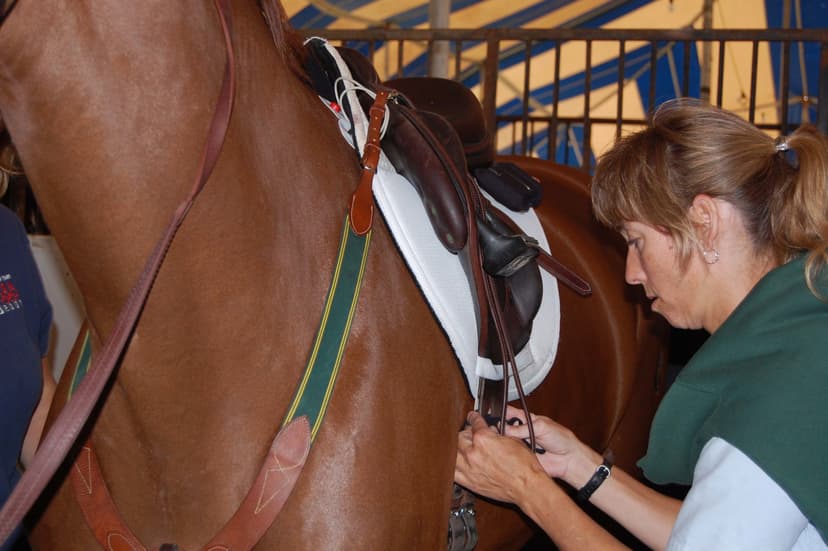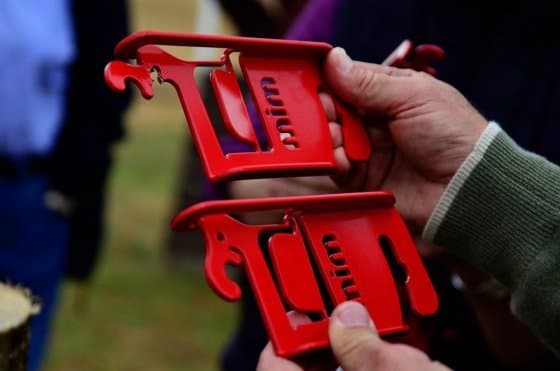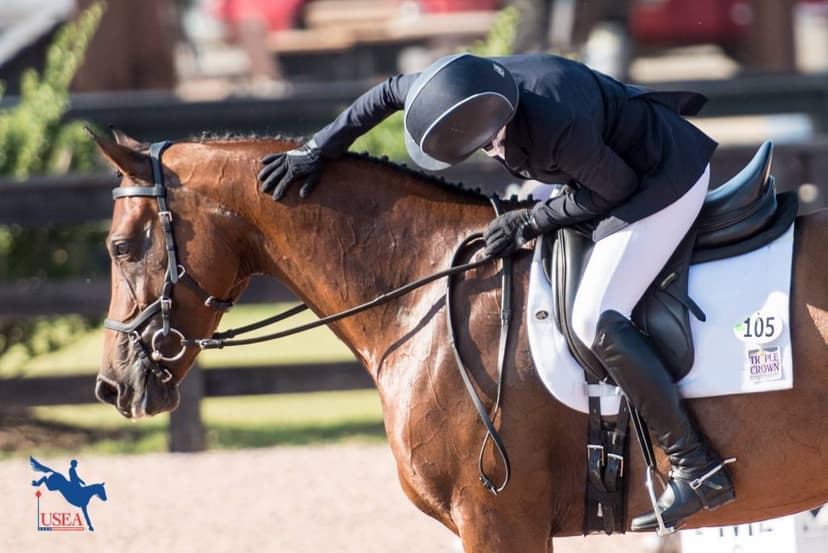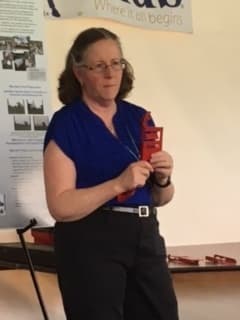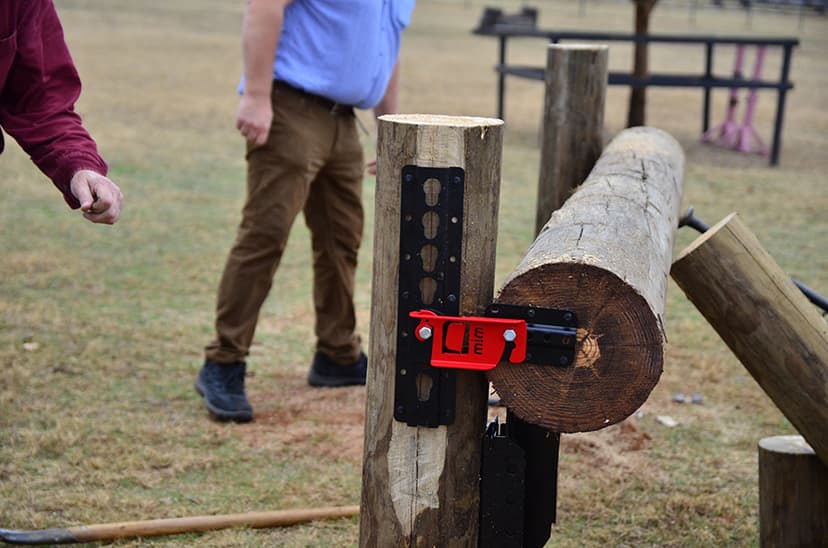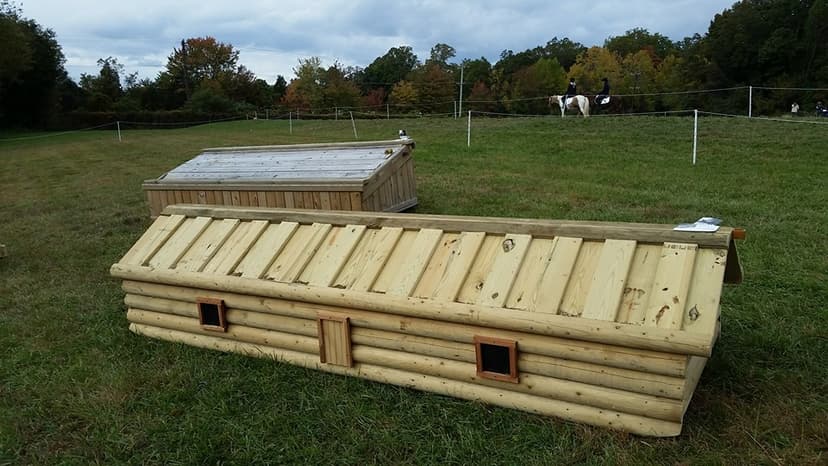VIDEO: USEA Event College: Grayson-Jockey Club Research Foundation
The Grayson-Jockey Club Research Foundation has always been devoted to the progression of equine research. Since its founding in 1940, Grayson-Jockey Club has helped advise various equine research specialties and protocols seen in our industry today. The Foundation has endorsed health recommendat...
Equine Medical Research Final Report: Working Toward a Genetic Test for Heart Arrhythmias
Morris Animal Foundation-funded researchers from the University of Minnesota are investigating if genetic variants can help identify horses at high risk of developing potentially fatal cardiac arrhythmias. Cardiac arrhythmias are thought to be an important cause of sudden death in horses during e...
Equine Medical Research Funding Receives USEA Board of Governors Approval
At the USEA Board of Governors meeting in August, the Equine Medical Research Committee recommended the funding of four studies using the $39,581 collected in 2018 and the Board approved their recommendation.
USEA Board of Governors Votes to Support Four Studies with the Equine Medical Research Fund
The Equine Medical Research Fund was created in 2014 to provide consistent funding for equine medical research. A $1.00 starter fee was added to each USEA recognized event entry beginning in 2014, and at year’s end those dollars were distributed through the Morris Animal Foundation, which assists...
USEA Cardiopulmonary Research Update
The mission of the USEA Cardiopulmonary Research Group is to study risk factors for fatality in event horses during competition, with a view to devising strategies to mitigate risk and prevent injuries and fatalities.
USEA Collapsible Fence Study Year One Update
As year one of the USEA Collapsible Fence Study comes to an end, Dr. Suzanne Weaver Smith addressed the USEA Board of Governors at the 2016 USEA Annual Meeting and Convention on the progress of the University of Kentucky (UK) research at this halfway point.
Input Needed to Support the Collapsible Fence Study
The University of Kentucky (UK) study is focused on understanding the horse/fence contact and interaction during rotational falls as a means to provide insight into rotational fall prevention and requirements to guide the sport’s course and safety device designers.
USEA Leads the Way in Raising Funds for Equine Medical Research
“Right now, less than 25 cents per horse is being spent annually on equine medical research funding in the United States, and that’s a shame when you consider how much our horses mean to us,” said Michael Van Noy, DVM.
USEA Collapsible Fence Study Update from the Research Team at the University of Kentucky
At the end of last year, the USEA made a plea to our members to help us support a research study into collapsible and deformable fence construction. This was a concerted effort to improve safety in eventing by working towards eliminating rotational falls.
USEA Collapsible Fence Study Garners Tremendous Response
Donations Still Needed to Help USEA Collapsible Fence Study Get the Green Light
Eric Bull Auctions Cross-Country Jump to Raise Funds for Collapsible Fence Study
Course builder, Eric Bull, has generously donated one this Novice level cross-country cabin to the USEA to be auctioned off with all proceeds going to support the USEA Collapsible Fence Study to ensure that we raise sufficient funds to meet the $25,000 challenge set by Ms. Jacqueline B. Mars.

